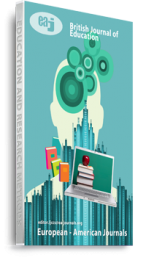Segments both consonants and vowels are the basic linguistic units in the hierarchical prosodic structure. They are asymmetrically distributed to form syllables, feet and words. When they are adjacent, consonant segments may form well-formed or ill-formed sequences. Ill-formed ones are harmful or difficult to be produced as a result a gesture of sequential segments submits to lenition or reduction so as to be overlapped to reduce its difficulty. The primary goal of this study is to examine how consonant segment gestures are drawn in relation to their perceptual components in the phonological component of grammar, specifically how the spatial and temporal dimensions of articulators are used. This phonological representation needs to specify certain positions in the movement track of gestures that are onset time, target or constriction, level off period and the offset time. Gestural overlap of adjacent segments in prevocalic, intervocalic or postvocalic positions depends on the point at which the onset time of C2 gestural landmark starts during the movement track of C1 gestural landmarks. To provide an appropriate setting for coordinating interactions between the dynamic aspects of gestures, these gestures satisfy perceptual recoverability. For the purpose of perceptual recoverability, data analysis relies on insights from articulatory phonology (Browman and Goldstein, 1986) to describe how these dynamic gesture variables impact the creation of those clusters.
Keywords: consonant sequences, domain, gestural overlap, modern standard Arabic, spatiotemporal variables

